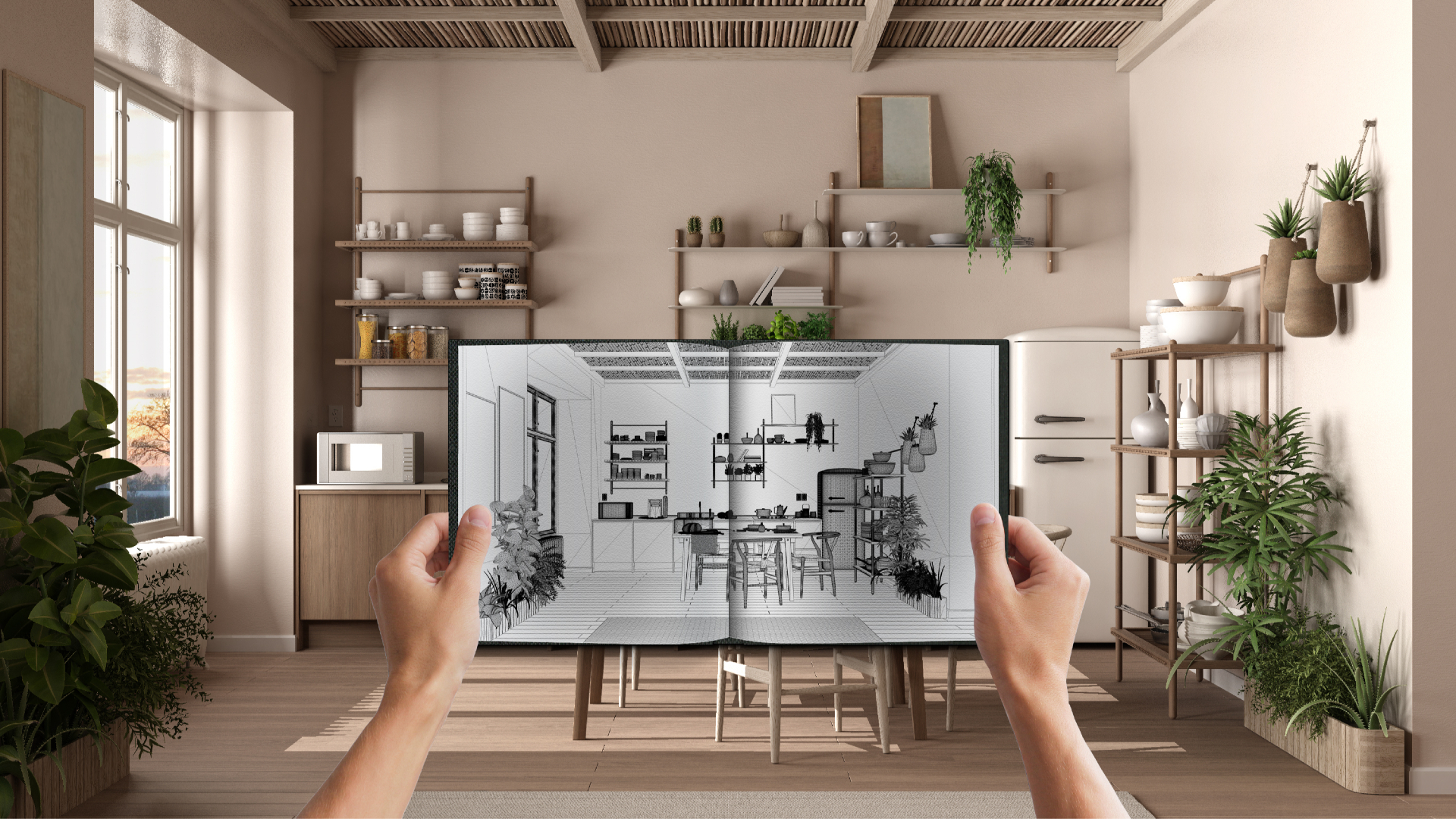Interior design in 2025 is all about balance—between comfort and functionality, style and sustainability, simplicity and character. Homeowners are no longer just decorating. They’re investing in spaces that reflect who they are, support their wellbeing, and adapt to their lifestyle.
Modern design continues to evolve, blending high-tech convenience with nature-inspired elements, bold colour palettes, and timeless materials. Whether you’re updating a single room or planning a full renovation, knowing what’s trending can help you make smarter design decisions.
If you’re designing for senior living or healthcare environments, consider working with experienced Care Home Interior Designers in Manchester who understand how to combine safety, function, and style with expert precision.
Warm Neutrals Over Cool Minimalism
Cool greys and stark whites are fading out. In their place, warm neutrals are dominating interiors. Think earthy tones like sand, terracotta, mushroom, and caramel. These shades create cosy, inviting spaces that feel grounded and lived-in.
This trend isn’t about going beige. It’s about layering tones and textures to bring warmth and depth to every room. Walls, textiles, and even hard finishes are moving toward a more organic, welcoming colour palette.
Natural Materials With Modern Lines
Wood, stone, clay, and linen are being paired with contemporary shapes and sleek finishes. This creates an elegant contrast that feels both fresh and timeless. Homeowners are looking for authenticity, so natural materials with visible grains, texture, and imperfections are favoured over synthetic alternatives.
Whether it’s solid oak furniture or limestone flooring, these materials connect indoor environments with the outside world, adding a calming and tactile quality to everyday living.
Multifunctional Spaces Are Standard
As people continue to work, exercise, and entertain from home, multifunctional spaces have become essential. The modern home needs to adapt quickly, and good design makes that easier.
Foldaway desks, modular sofas, room dividers, and concealed storage are popular features that allow a room to serve multiple purposes without sacrificing style. Interior designers now focus on flexible layouts that can change with the homeowner’s needs.
Statement Lighting as a Focal Point
Lighting is no longer just functional. It’s one of the first things people notice when entering a room. Sculptural pendant lights, bold floor lamps, and oversized chandeliers are becoming key features in modern homes.
Designers are also using lighting to define zones in open-plan layouts, adding visual interest while maintaining flow. Dimmable LEDs, layered lighting schemes, and smart controls bring added convenience without compromising aesthetics.
Sustainable Design Choices
Sustainability continues to influence material choices and furniture sourcing. Homeowners are choosing eco-friendly paint, reclaimed wood, vintage pieces, and suppliers who prioritise ethical practices.
Interior designers help clients navigate sustainable options that also meet durability and design standards. Investing in quality materials that last longer not only helps the planet but also saves money in the long run.
Soft Curves and Rounded Edges
From arched doorways to rounded furniture, curved shapes are taking over from hard, angular lines. They bring a sense of softness and fluidity that enhances comfort and visual flow.
Designers are using curves to make spaces feel more open and relaxed. Rounded sofas, circular coffee tables, and organic-shaped mirrors are key pieces that reflect this shift in modern aesthetics.
Colour Drenching for Bold Impact
Colour drenching—painting walls, ceilings, skirting boards, and doors in the same bold shade—is making a strong return. It creates a striking, unified look that feels intentional and immersive.
Designers are using rich hues like deep green, navy, plum, and rust to add drama and personality. When applied thoughtfully, this trend makes a powerful statement without overwhelming the space.
Designing for Mental Wellbeing
Interiors are playing a bigger role in emotional health. Biophilic design, which brings nature indoors through plants, daylight, and natural textures, is widely embraced. Calm zones, reading nooks, and sensory spaces are also being integrated into home layouts.
Interior designers use colour psychology, noise reduction techniques, and layout planning to improve mood and reduce anxiety. This is especially important in care environments and high-stress settings, where comfort can impact health outcomes.
Heritage Elements with a Contemporary Twist
Modern homes are embracing traditional craftsmanship and heritage details—but with a modern finish. This includes panelled walls, herringbone flooring, and ornate mouldings paired with minimalist furniture and clean lines.
This blending of old and new creates depth and character. It gives modern homes a sense of history and permanence while still keeping the look fresh and uncluttered.
Hidden Tech and Smart Homes
Technology is becoming more discreet. From built-in speakers and wireless chargers to smart thermostats and hidden cables, design is working hard to make tech functional but invisible.
Interior designers work closely with architects and electricians to ensure tech features are seamlessly integrated. This trend supports both minimalist aesthetics and the demand for convenience.
Texture Over Pattern
While patterns still have their place, texture is now the go-to way to add interest. Layering different materials like boucle fabric, raw timber, polished stone, and soft wool gives depth to neutral spaces.
This approach makes rooms feel rich and inviting without relying on bright prints or busy surfaces. It’s also a great way to keep a modern home feeling tactile and comfortable.
Conclusion
Interior design trends for modern homes in 2025 are centred around connection—connection to nature, to personal wellbeing, and to functional living. From warm neutrals and natural textures to smart layouts and sustainable choices, today’s design priorities reflect how we want to live now and into the future.
Working with a skilled interior designer ensures these trends are not just followed but tailored to your space and lifestyle. Whether you’re planning a renovation or designing from scratch, expert guidance can help you create a home that feels as good as it looks.


